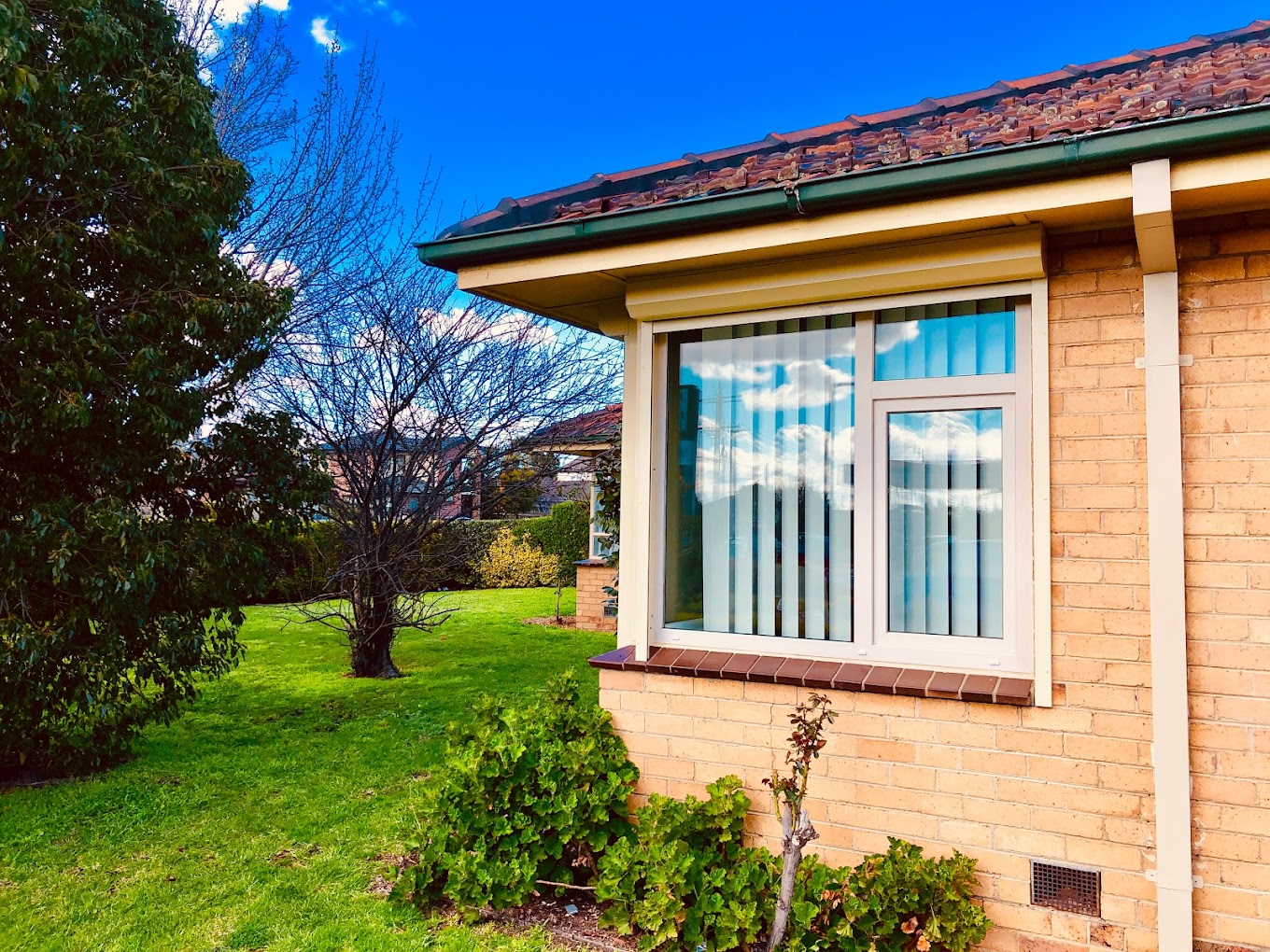All Categories
Featured
Table of Contents
Double Glazing - About Windows - Window Film Excellence in Highgate WA
That window can transmit more solar heat in winter than in summer season. A west-facing window on a summer season's afternoon has an angle of occurrence from near 0 as much as 30 with a large efficient location of solar radiation. A north-facing window, in summer season, has a high angle of occurrence and a low effective location of solar radiation, so can transmit less heat than a west-facing one.

You can quickly and easily enhance the thermal performance of your house by changing your windows. There are thousands of types of glass and frames to choose from.
Why Should You Have Double-glazed Windows This Summer? in Craigie Perth
There are numerous different kinds of glass products to pick from. Single glazing utilizes a single pane of glass. Single glazing with clear glass is not very effective when it comes to heat loss or gain. To enhance efficiency, you can utilize single glazing with a more energy-efficient type of glass such as low emissivity (low-e) glass.
Numerous layers can be assembled with sealed cavities between each sheet of glass. IGUs typically provide much better energy efficiency than single glazing, due to the fact that they transmit less energy. The energy performance of IGUs also depends on: the homes of each layer of glass. Various glass types (for example, clear and low-e glass) can be assembled in an IGU.
Upvc Double Glazed Windows Australia in Mindarie Western Australia

IGU cavities can be filled with air or a more inert, low-conductivity gas such as argon the width of the cavity. Larger cavities offer lower (much better) U values, with 12mm generally accepted as the favored gap how well the cavity is sealed.
If argon is installed to the cavity in place of air, wetness is reliably excluded the level of desiccant (drying representative). The spacer (metal or polymer strip) that separates the glass layers consists of a desiccant to absorb any wetness. Inadequate desiccant might cause wetness to condense on the glass surface in cold conditions, decreasing thermal efficiency.
Which Double Glazed Windows Are Best For Summer? in Brigadoon WA
In fact, IGUs can deliver better energy performance for all environments, specifically in heated and air-conditioned homes. Cross-section information of single, double and triple-glazing systems Low emissivity glass (frequently understood as low-e glass) minimizes heat transfer. Low-e glass may be either high or low transmission: High transmission low-e glass has a covering that permits daytime from the sun to enter the home to accomplish great solar heat gain, but reduces the amount of the long wavelength infrared heat that can escape back through the window.
Low-e glass has either a pyrolytic coating or a vacuum-deposited thin movie metal coating. Pyrolytic coverings are durable and can be used for any glazing; vacuum-deposited coatings are soft and are just utilized within IGUs. Low-e finishes can considerably improve both U value and SHGC; however, they must be utilized properly or they will either deteriorate or stop working to perform as required.
Double Glazing Windows - The Best Installers In The Uk ... in Kiara Western Australia
Low-e coverings can be utilized in combination with clear, toned or reflective glass. Low-e finishes on glazing can minimize heat transfer where required Photo: Department of Industry, Science, Energy and Resources Toned glass has actually colouring ingredients consisted of during manufacture. It is available in different colours, generally bronze, grey, blue and green.
Table of Contents
Latest Posts
Buy Double Glazed Upvc Sliding Doors In Sydney in Bertram Perth
Does Double Glazing Reduce The Heat In Brisbane's Summer? in Darlington Perth
Double Glazed Windows Sydney in Merriwa Western Australia
More
Latest Posts
Buy Double Glazed Upvc Sliding Doors In Sydney in Bertram Perth
Does Double Glazing Reduce The Heat In Brisbane's Summer? in Darlington Perth
Double Glazed Windows Sydney in Merriwa Western Australia